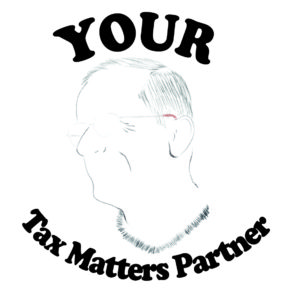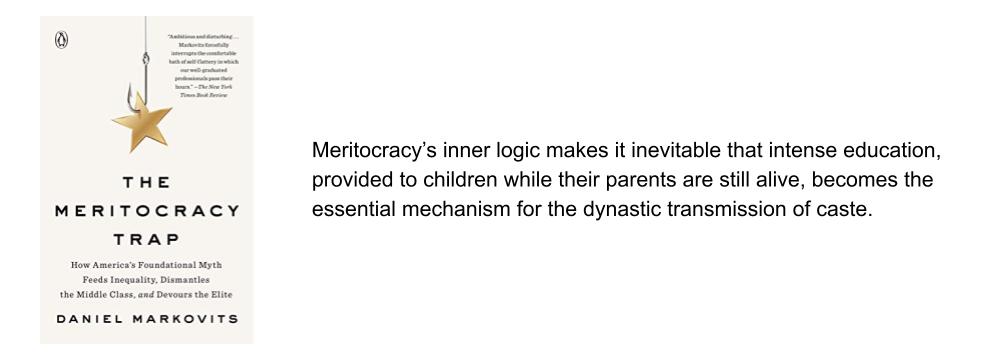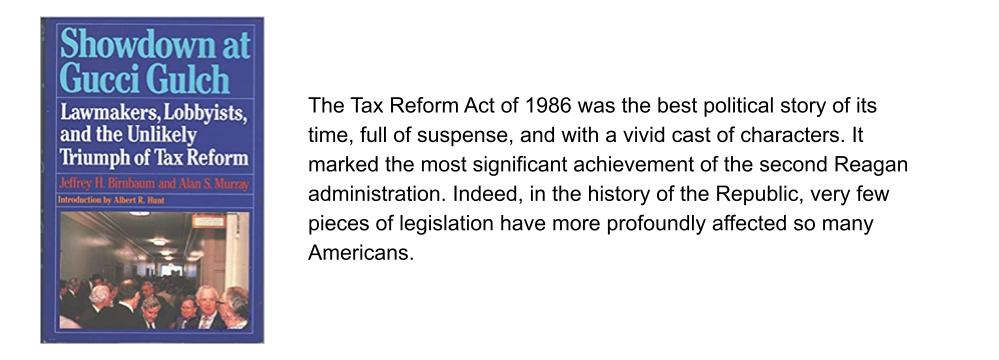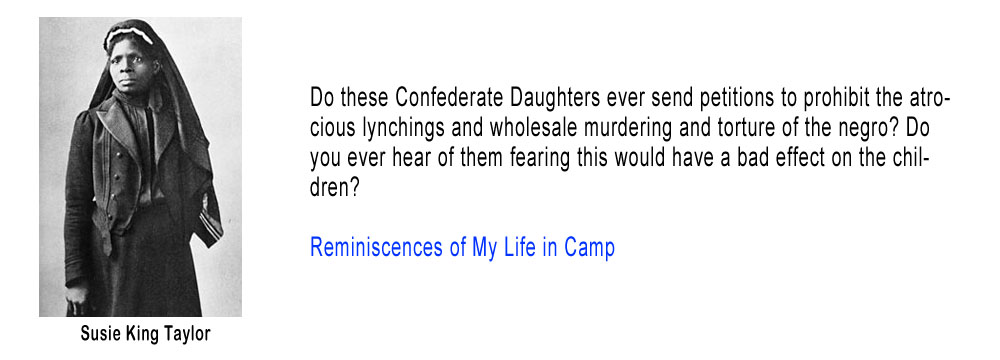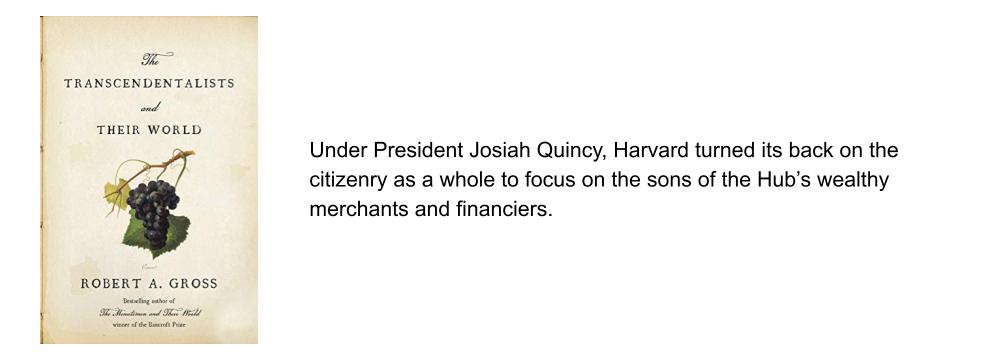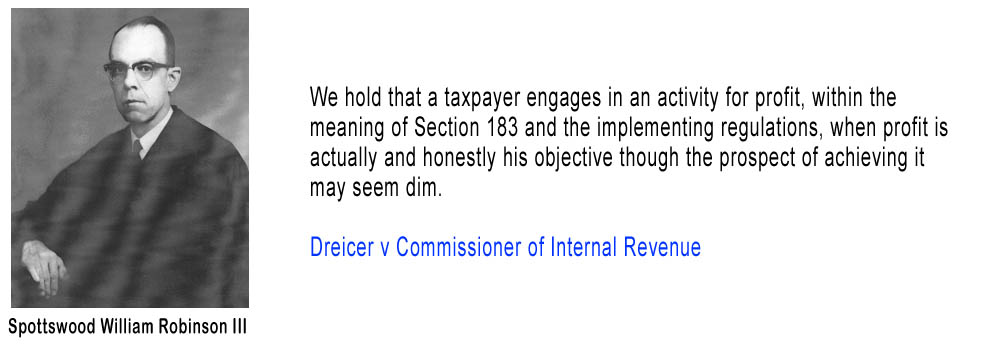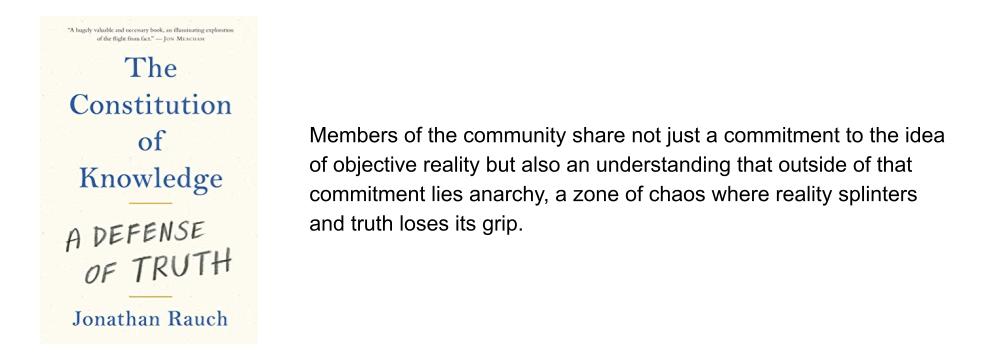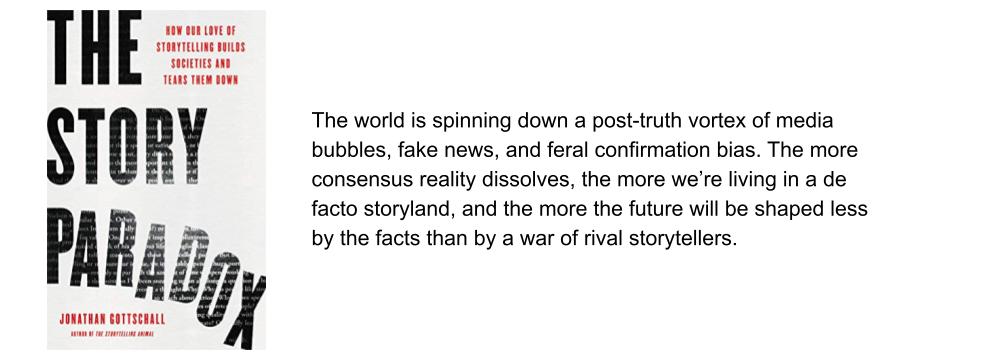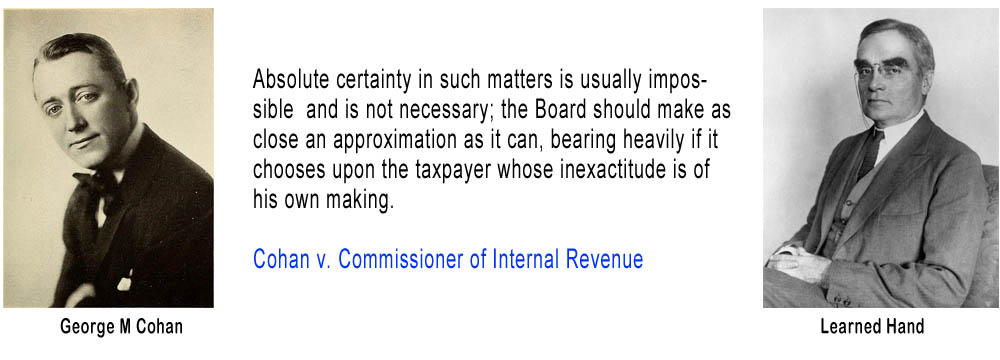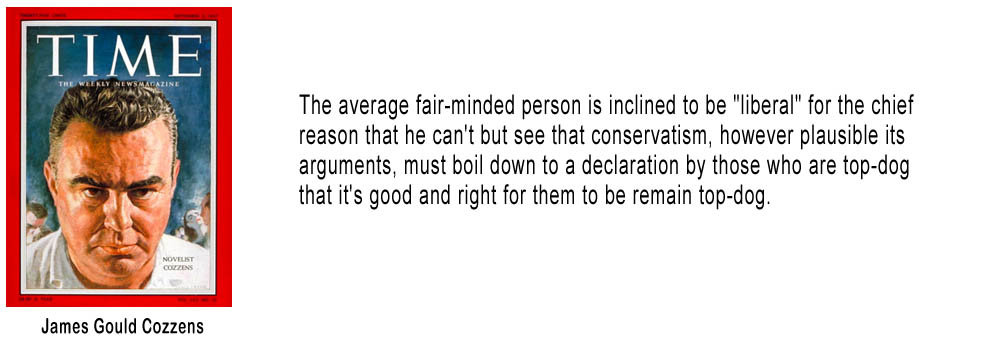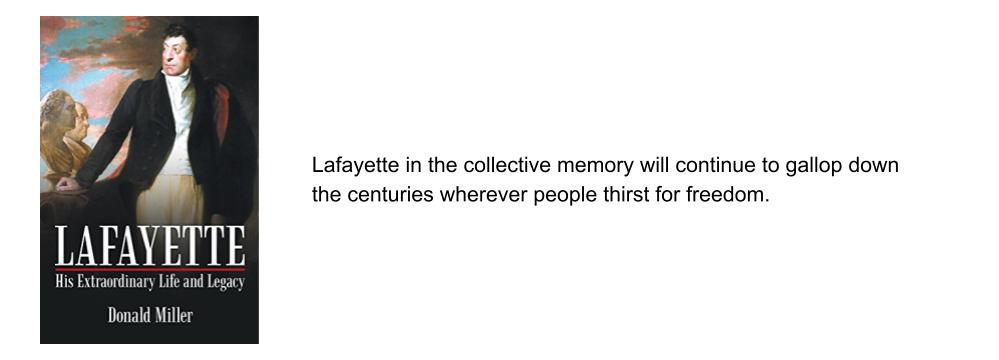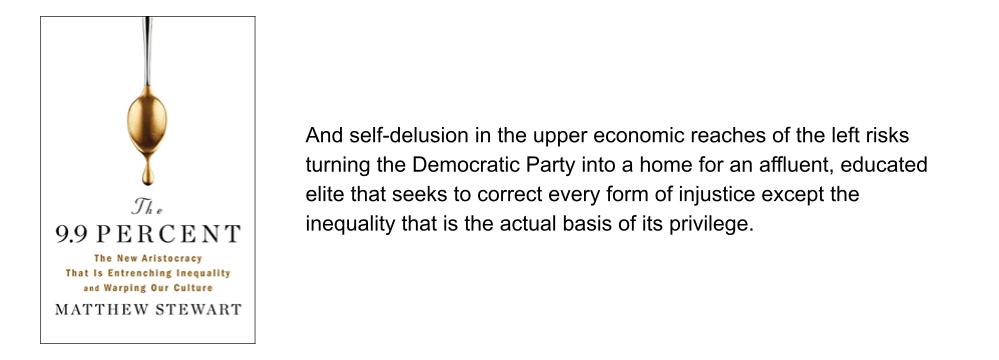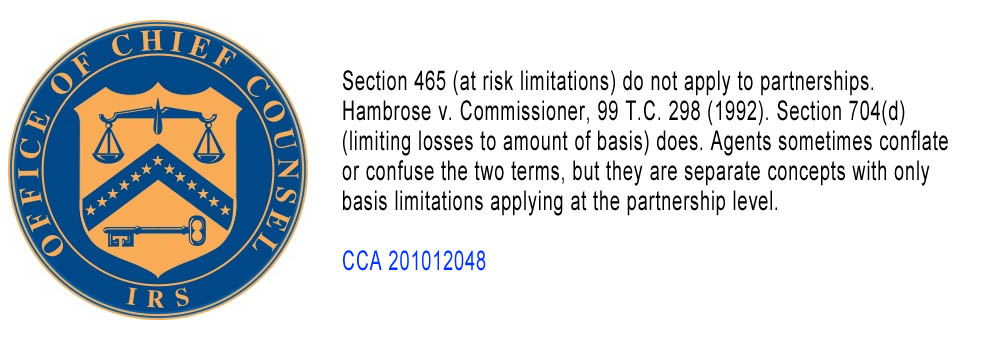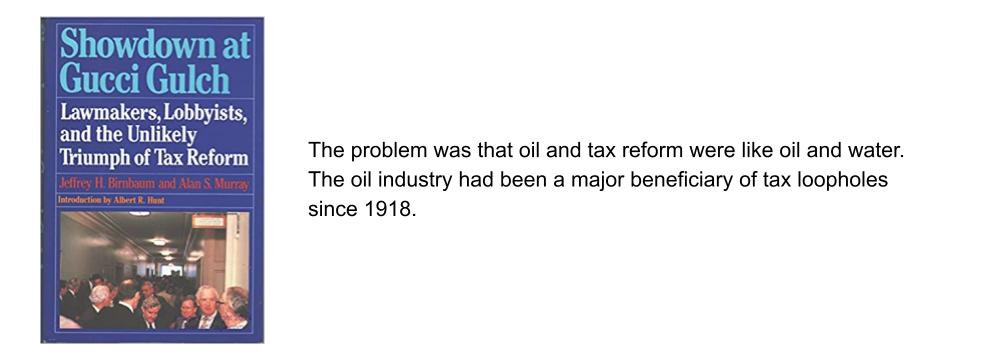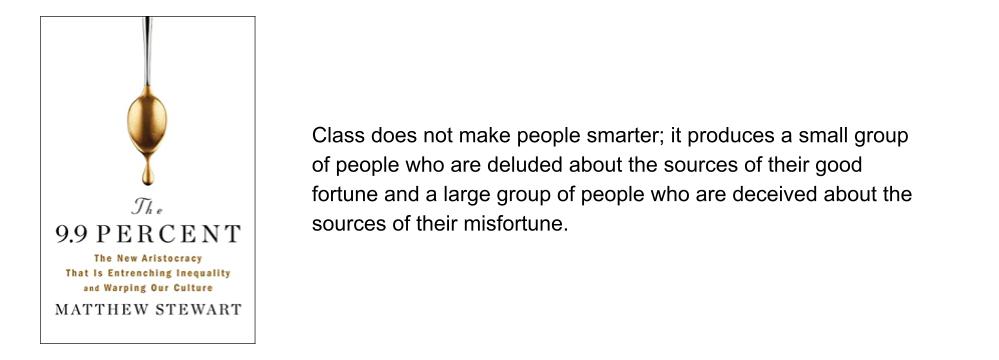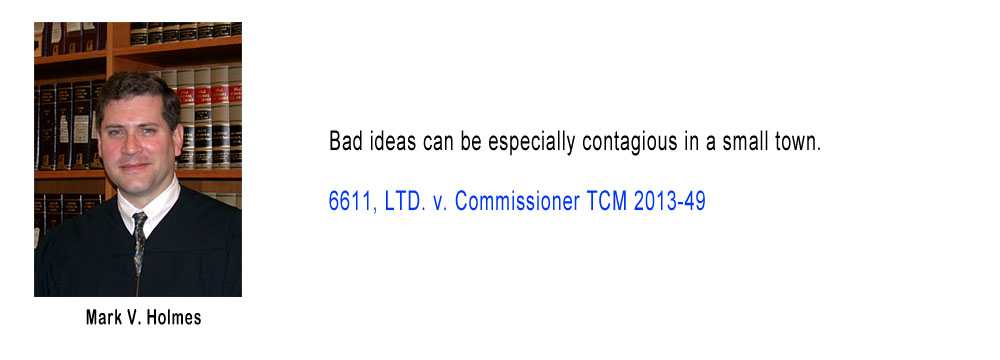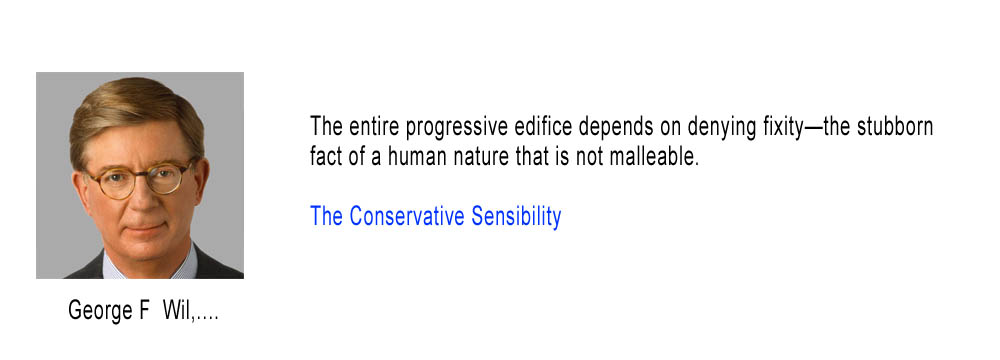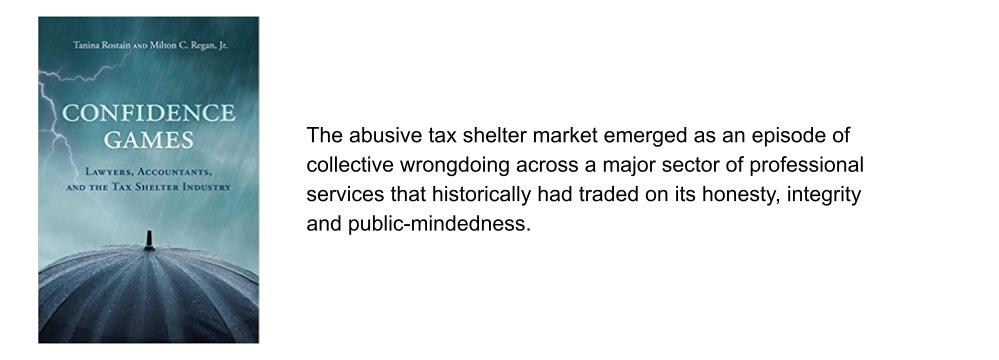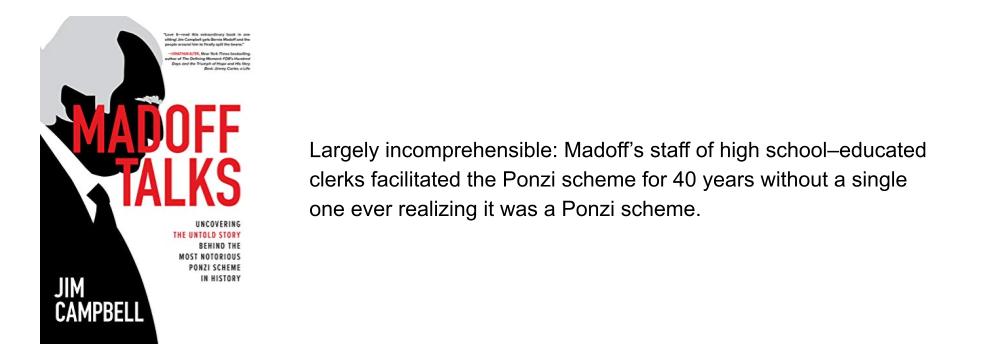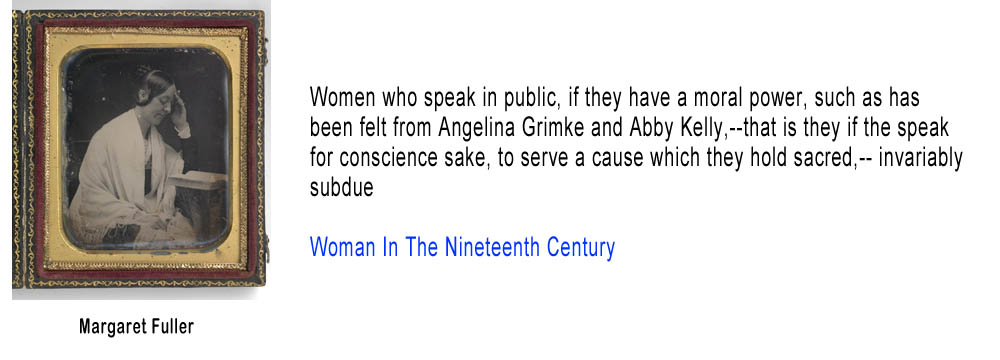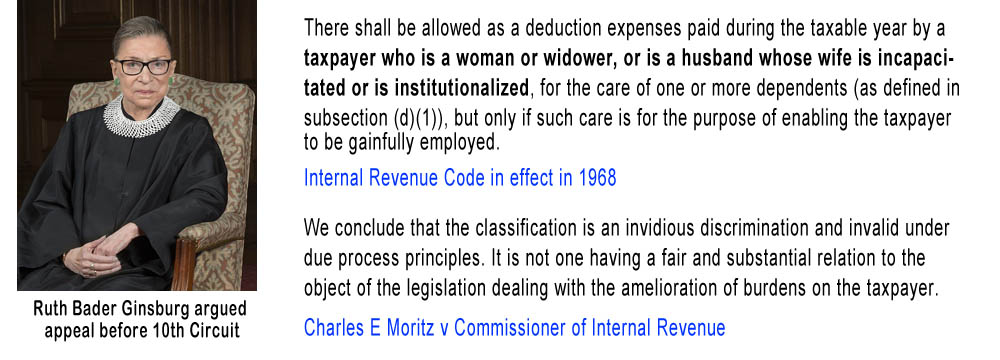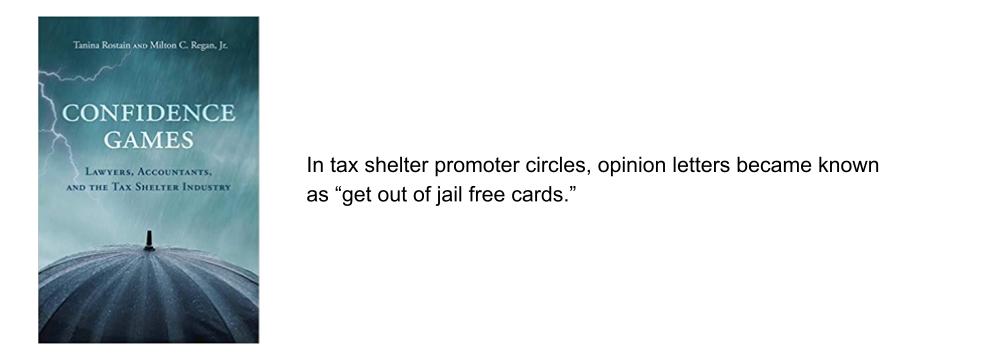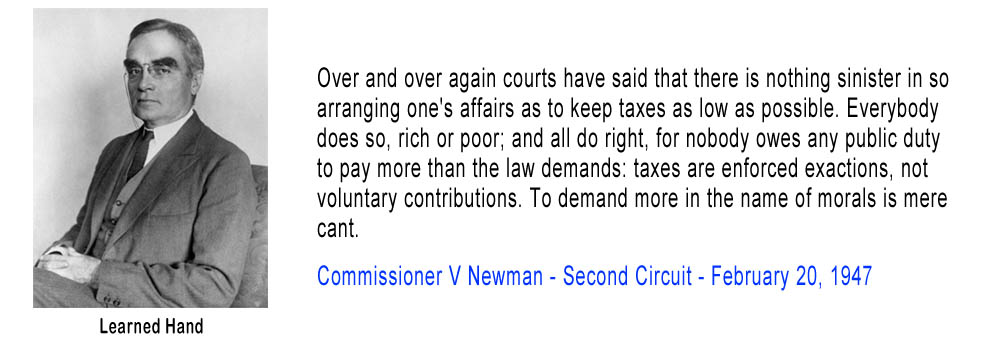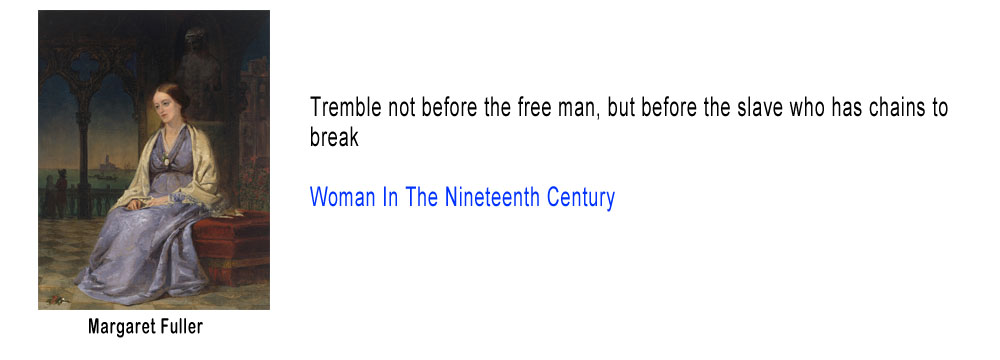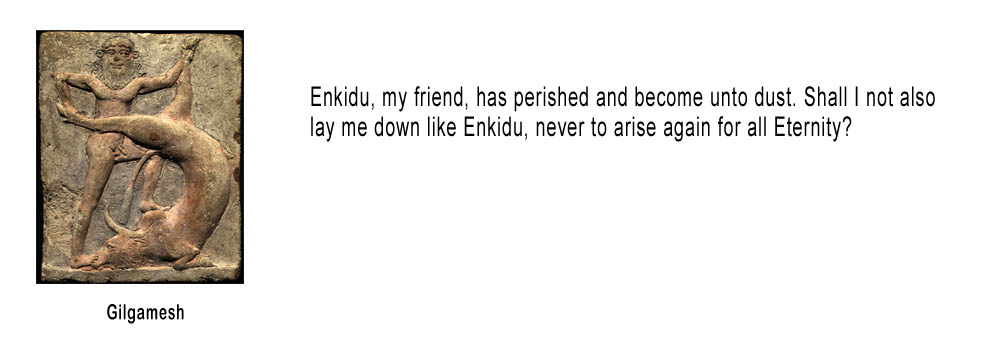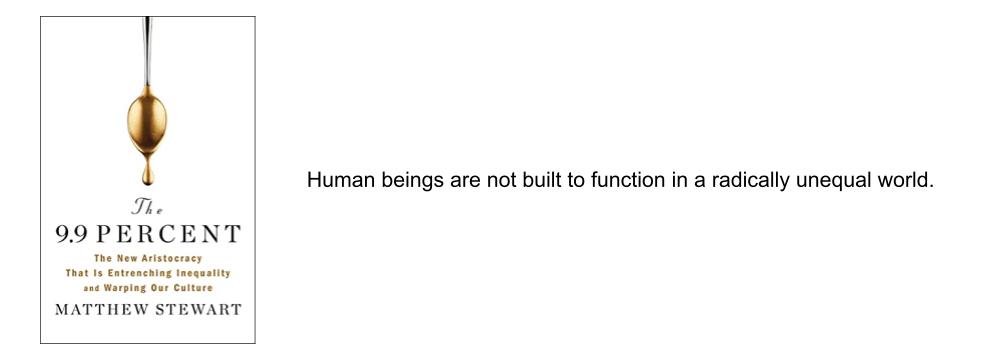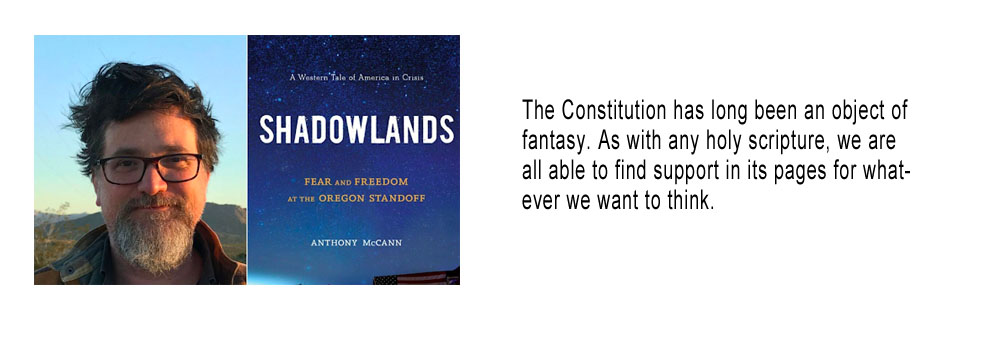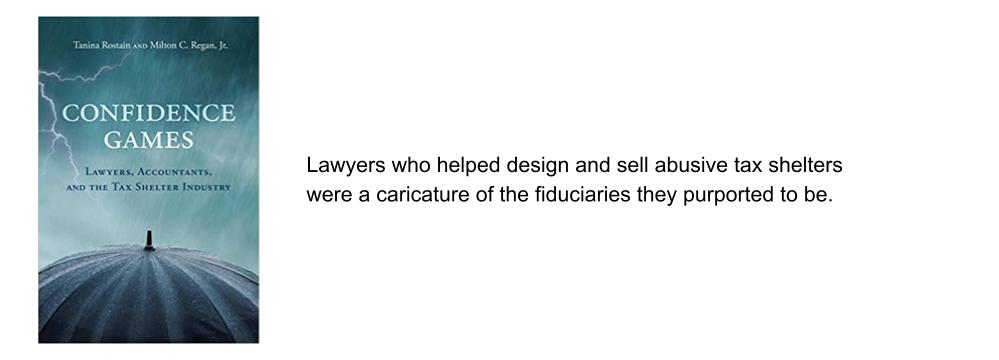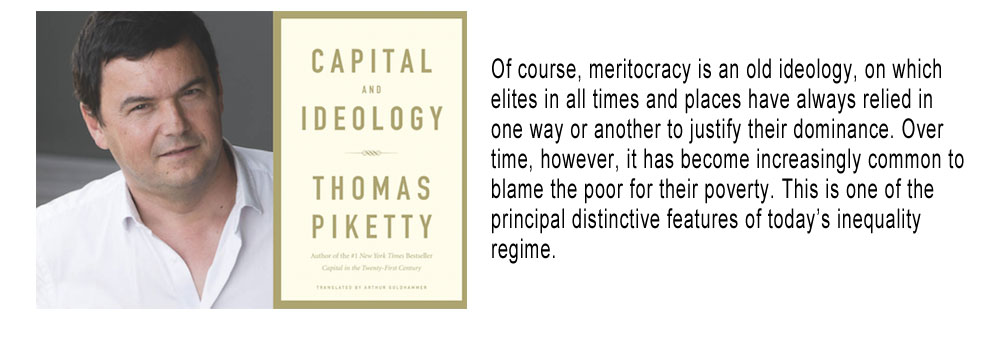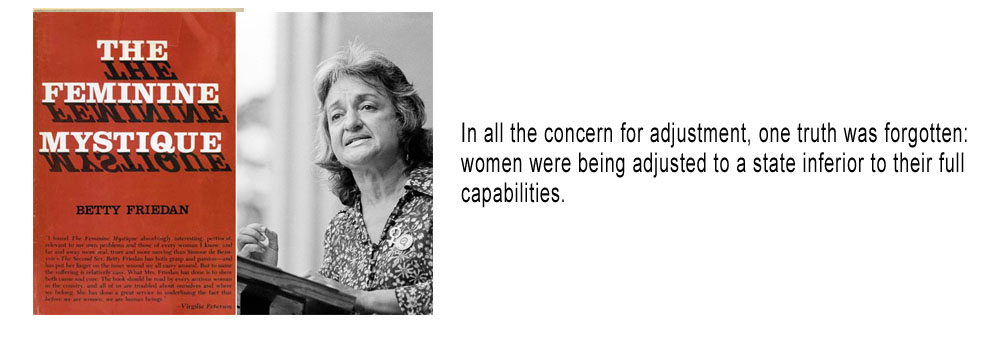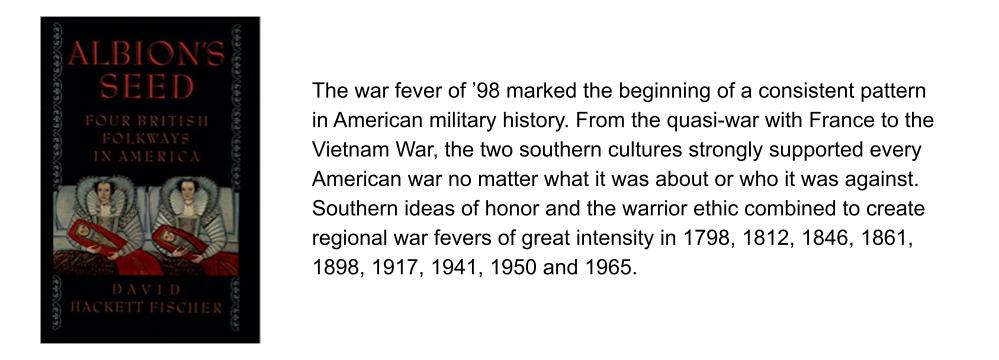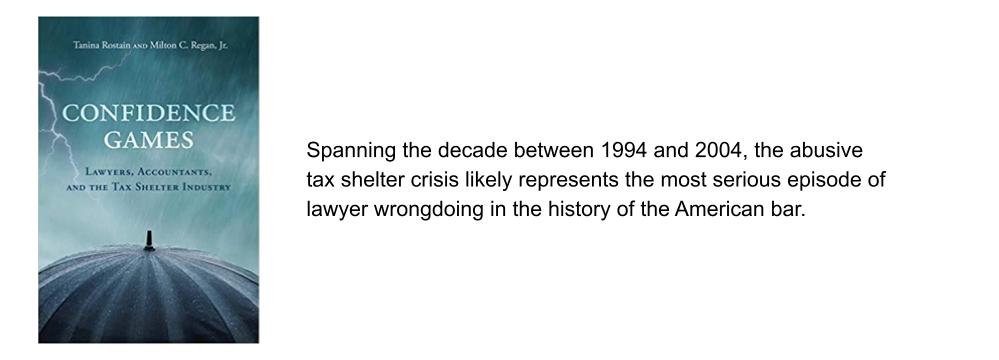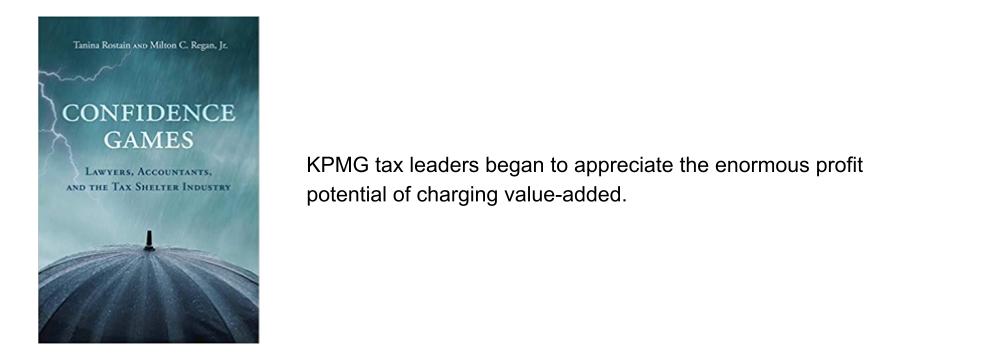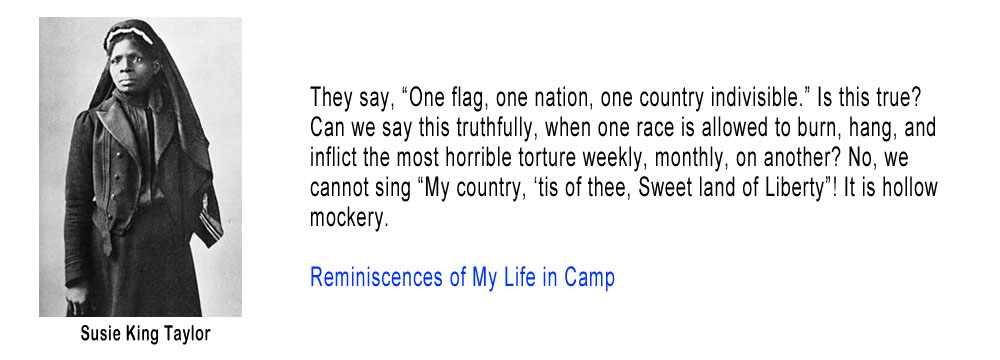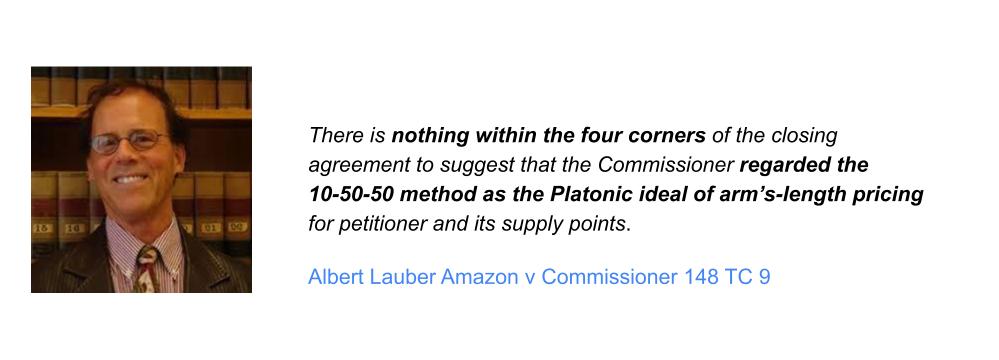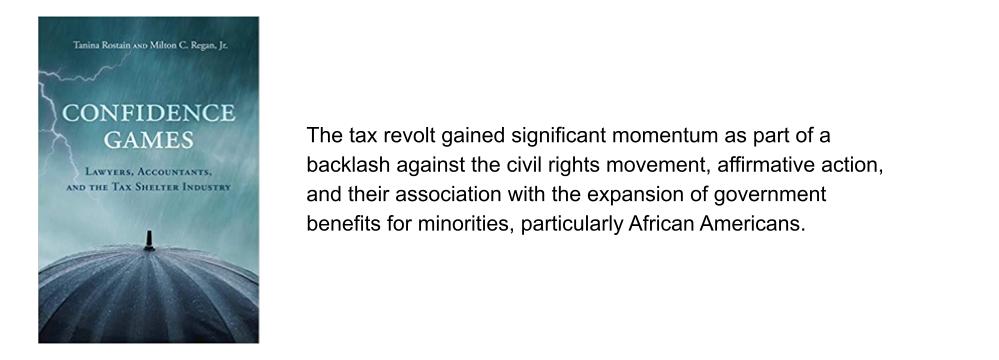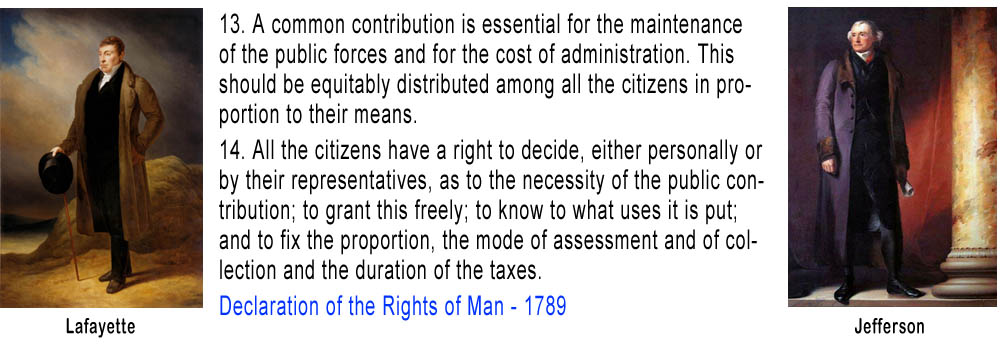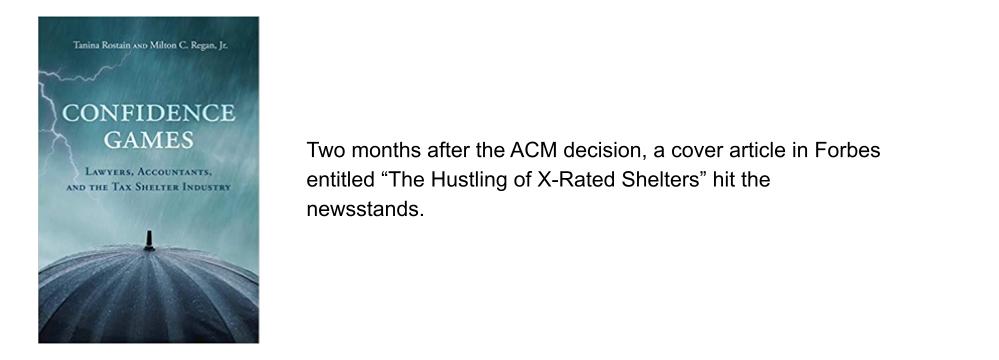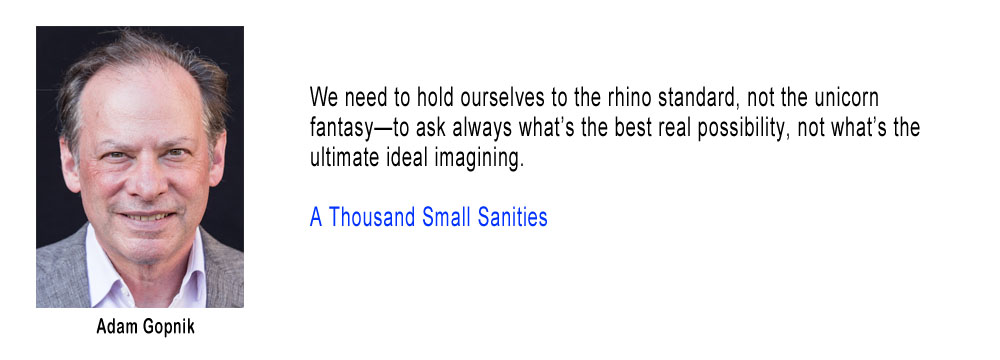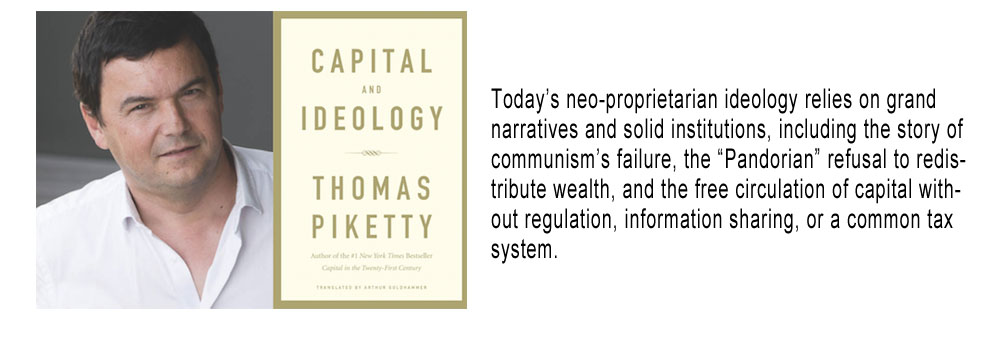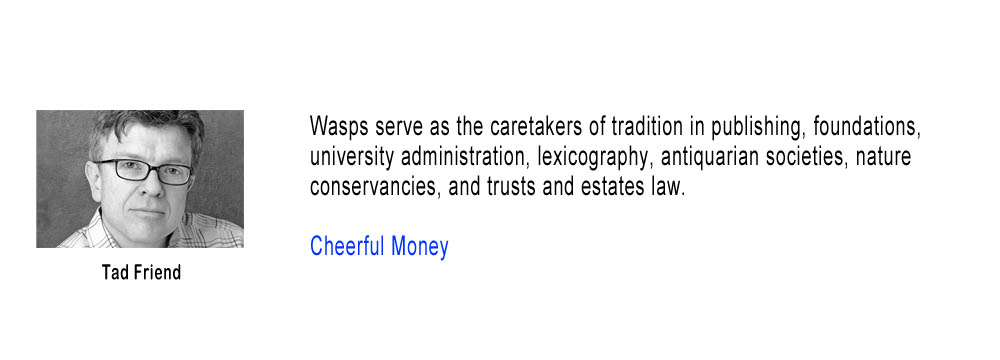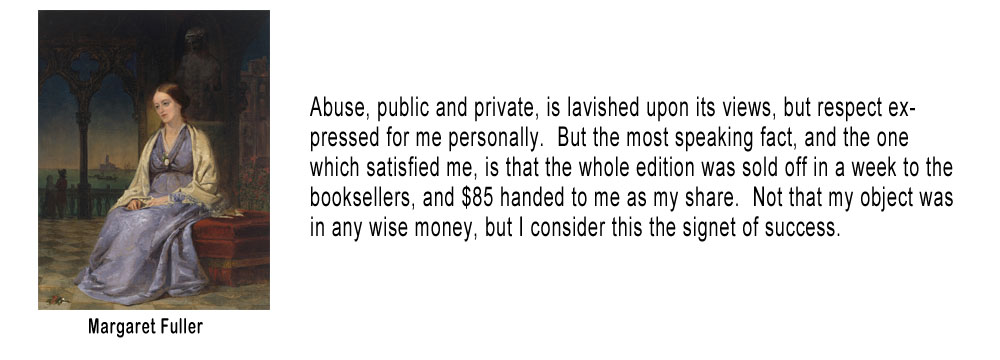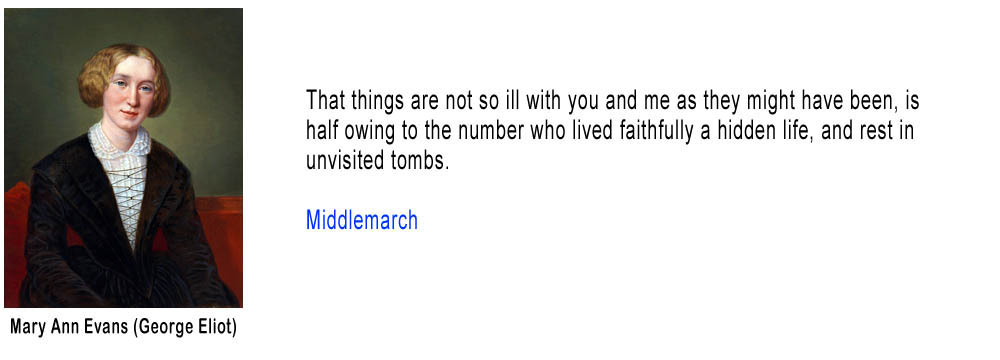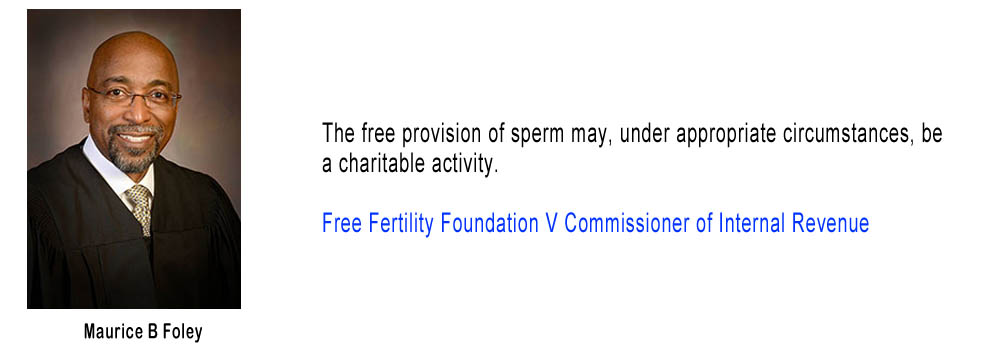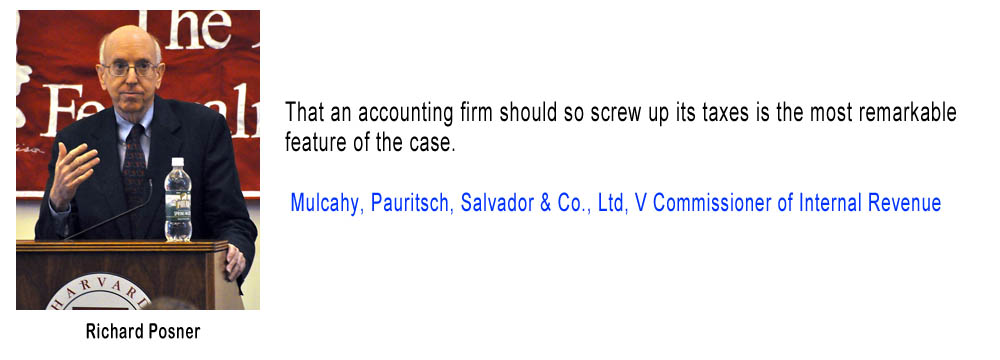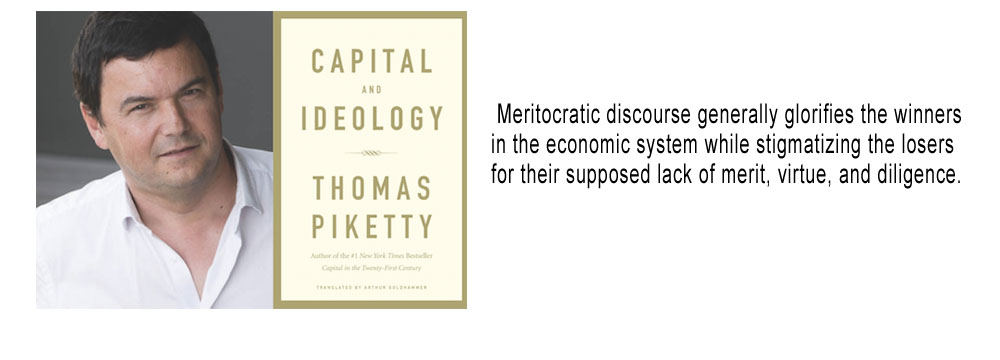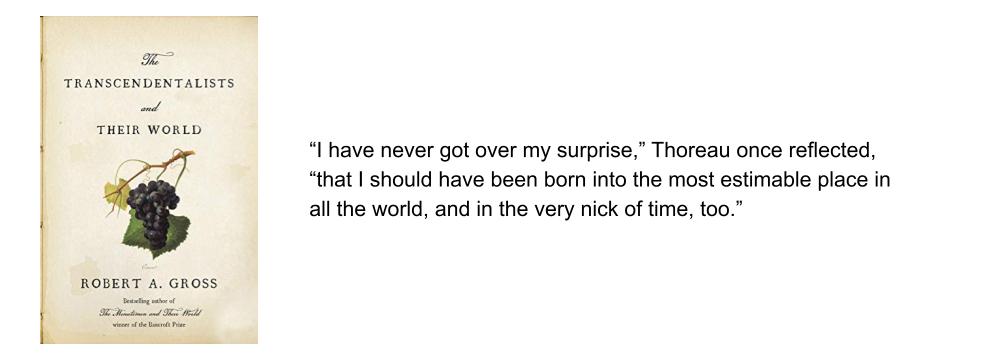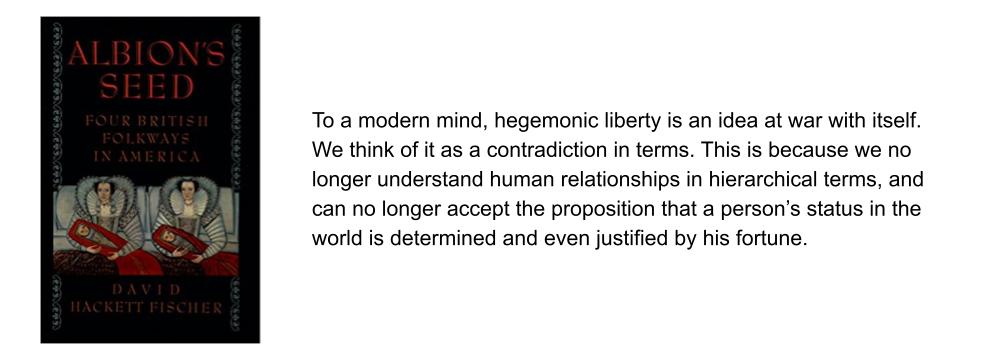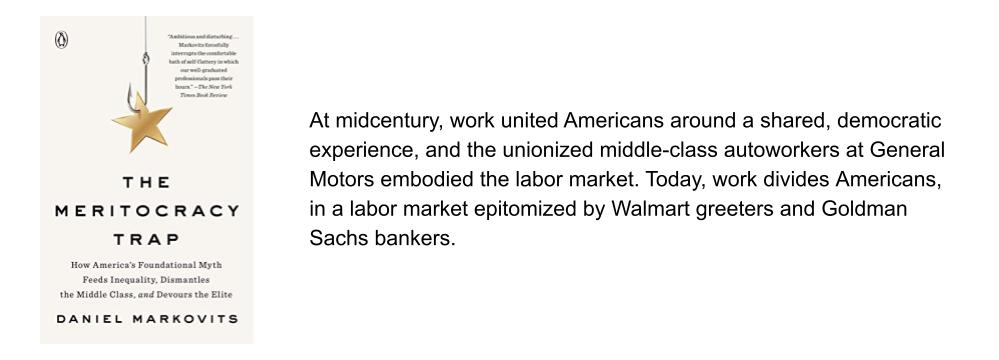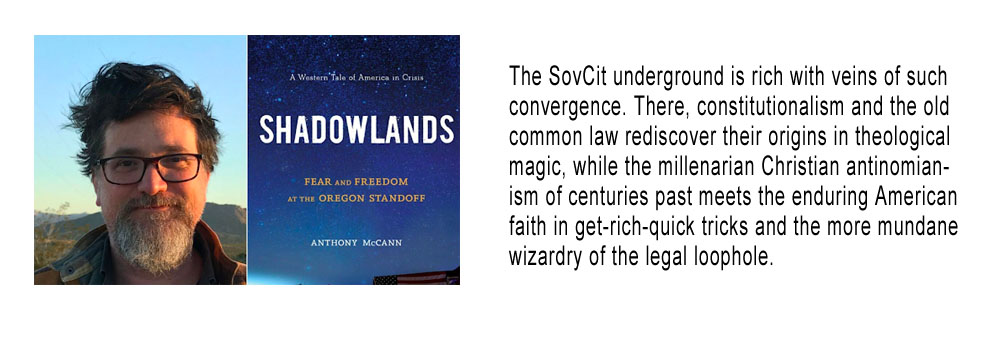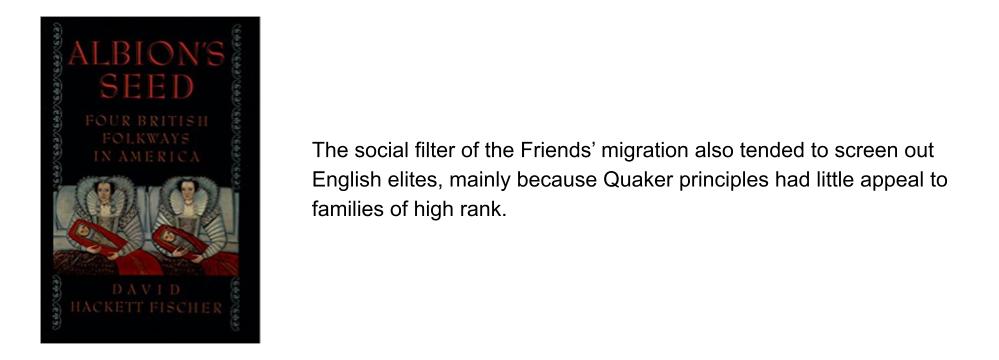Originally published on Forbes.com July 7th, 2014
Tocqueville Asset Management LP TAM got a nasty surprise when it took some steps to streamline an overly complicated ownership compensation scheme. For 2005 over $10,000,000 in compensation deductions were disallowed for purposes of the New York City Unincorporated Business Tax resulting in additional tax of $435,938.12. The New York City Tax Appeals Tribunal confirmed the deficiency in its decision of June 17, 2014. There is an important lesson in this story.
The Lesson
Flow-through entities – partnerships and S corporation – do not pay federal tax themselves. This can sometimes cause planners to be a bit lackadaisical in structuring them, since, at the end of the day, everything is going to end up on some other federal return. In much of the country, you can get away with an attitude of “S corp partnership – six of one, half a dozen of the other”. There are some places, mostly in the Northeast, where that attitude can create nasty surprises. I’ve written about some Pennsylvania cases. New Hampshire’s reputation as a tax haven is greatly overrated, with its business profits tax. The worst place for getting nasty SALT surprises may well be New York City.
To avoid those surprises, it is important to call in state and local tax (SALT) experts before you finish structuring. There is a regrettable tendency among planners to blow off SALT issues. This case shows how a fairly benign change to simplify administration can create nasty SALT consequences.
The Ownership Structure
TAM did not have any employees. Instead, it acted solely through the employees of its general partner and management company (TMC). TAM paid TMC an annual management fee and allocated a specified percentage of its annual net profits to TMC. The tax reporting ignored this structure:
In order to reflect this financial reporting on its Federal, State, and City income tax returns, TMC did not report the management fee as income, and did not deduct associated expenses, including compensation paid to its employees. Instead, TAM reported the components of the management fee as deductions on the corresponding lines of its income tax returns, including the UBT return (Form NYC-204) for 2005 at issue here. It chose to do this so that the tax returns would conform to its financial reporting. Thus, although TAM had no employees, on its tax returns it deducted as salary and wages the portion of the management fee it paid for TMC’s employees. During all relevant years, TMC issued Forms W-2 and filed employment tax returns reflecting its payment of compensation to its employees.
The principals of TAM, Francois Sicart and Robert Kleinschmidt, wanted to align the interests of their employees with the company, so 29 of the 77 employees were owners. Their ownership interest was in TMC, which was an S corporation. Using S corporation shares in this way presented some administrative difficulties, because “they wanted each shareholder’s ownership interest to be subject to change from year to year to reflect the employee’s services and value to TMC” :
…….it was cumbersome to make the annual adjustments of ownership of TMC stock because this required that TMC issue additional shares of TMC stock to reflect increases in ownership or redeem shares of stock to reflect decreases in ownership. TMC’s professionals were annually required to prepare documentation to reflect these changes.
The idea of owner employees having their share ownership bounce up and down strikes me as pretty unusual and I can understand why they wanted to move to something a little easier:
….to reduce this administrative burden, it was decided that beginning in 2005, the TMC employees who were shareholders of TMC (other than Kleinschmidt and Sicart) would cease to be shareholders of TMC and would become limited partners of TAM. Under this arrangement, rather than prepare the documentation required in prior years, only the schedule showing partners’ interests attached to the TAM limited partnership agreement needed to be amended. They testified that the economics of the 2005 structure were intended to be identical to the structure in 2004 and earlier years.
So the owner employees instead of getting a flow through from an S corporation were now getting a flow through from a partnership. Six of one, half a dozen of the other? Maybe for federal and state income tax, but not for the New York City Unincorporated Business Tax, which at 4% is nothing to sneeze at.
The Problem
The principals did not think that the new arrangement did anything other than make the paperwork easier. The administrative law judge found that the arrangements were bonafide and had economic substance. That did not, however, solve the problem:
In preparing TAM’s 2005 UBT return, a deduction was taken for compensation paid to employees, including those who were partners of TAM. However, no deduction was taken for compensation paid to Kleinschmidt or Sicart, because they were officers of TMC, which was a corporate partner in TAM. Further, no deduction was taken for any amounts reported on a Schedule K-1 issued to an employee of TMC who was a partner in TAM. In this way, TAM deducted for UBT purposes only compensation for services paid to its partners, but did not deduct their share of profits from TAM’s operation, or any amounts paid to officers of TMC.
Respondent examined Petitioner’s 2005 UBT return and disallowed the deduction for salaries paid to partners in the amount of $10,778,701 and for the partner’s retirement plan in the amount of $274,753, which represents the amount attributable to services performed by individuals who were partners in TAM. On December 29, 2009, Respondent issued a Notice of Determination of $435,938.12 in tax and $169,368.03 in interest computed to February 5, 2010, for a total of $605,306.15.
Even though the administrative law judge did not think that TAM was trying to get away with anything nefarious, he issued a more or less “It is what it is” decision, which I am not going to discuss in detail. A compensation deduction to owners would more or less defeat the purpose of the UBT.
Conclusion
The particulars of this case may not be of that much general interest, but the lesson that changes that might be innocuous on the federal level, can have significant SALT consequences is of much broader applicability.
You can follow me on twitter @peterreillycpa.
